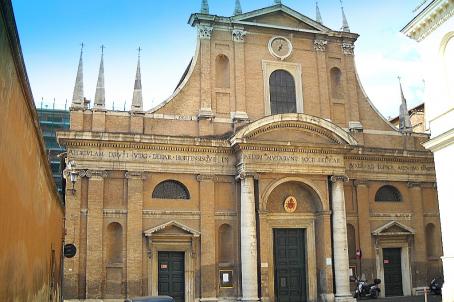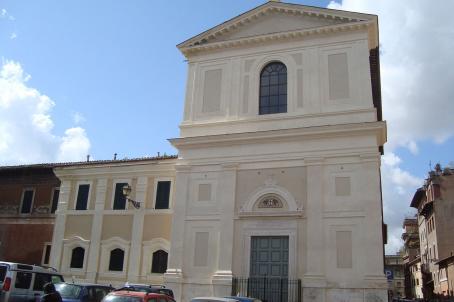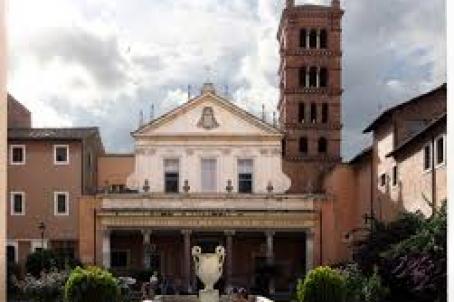Chiesa di San Francesco a Ripa
The church of San Francesco a Ripa is a sacred building whose origin dates back to the 13th century. In 1603, a restoration of the medieval church began in the choir area, based on a project by Onorio Longhi; the same architect also renovated the transept and the naves. From 1681, thanks to the funding of Cardinal Lazzaro Pallavicino, who died in 1680 and is buried in the church, the building underwent a radical restoration including the demolition and reconstruction of the hall, designed by Mattia de Rossi; the work was completed in 1701. During the French occupation, many works of art were sent to France as part of the Napoleonic spoliations. The church owes its name to its proximity to the suppressed port of Ripa Grande, which overlooked the Tiber until the 19th century.






